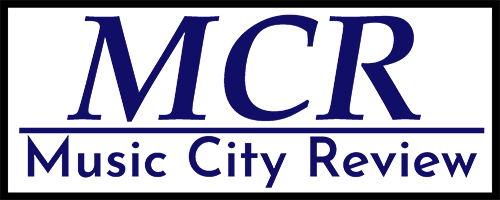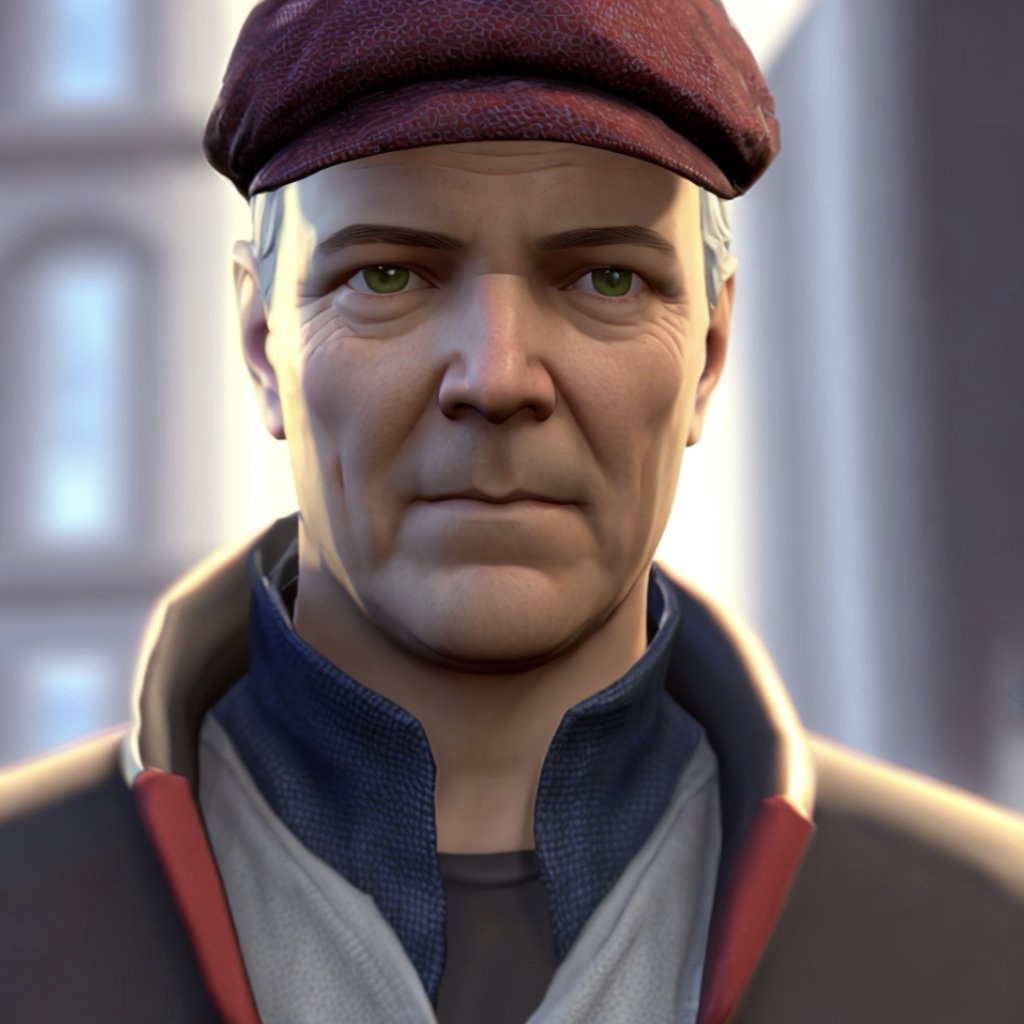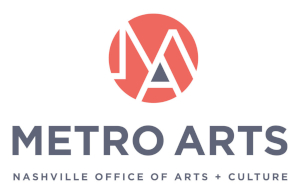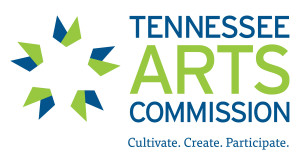The Hall Pass at Julia Martin’s Gallery.
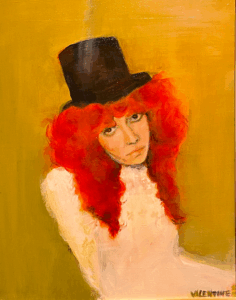
On May 3rd, the Julia Martin Gallery opened an interactive multi-artist exhibition curated by Jamie Bradley, on the theme of a “Hall Pass,” which they define as that “one impossible dreamboat—the celebrity, fictional character or pop culture icon who, in a ridiculous alternate reality, you’d risk all for.” Now, this definition is a bit of a watering down of what’s in the urban dictionary, but it suits just fine for this fun, eclectic, silly and quite creative show!
The event’s opening also functioned as a birthday party for the curator, so it was quite a lively, cupcake-filled atmosphere, celebrating someone described as the “funniest person in Nashville!” Indeed, Happy Birthday Jamie Bradley, whoever you are!
What you see below are some of my favorites in the exhibition, but there are others, and most of them are for sale if you are interested in stopping by! Be careful though, the gallery’s neighborhood (WeHo) is in “hyper-gentrify” mode with a million hipster dwellings being erected within a quarter mile of its front door, and parking is hilarious. I, for one, am quite excited about the Italian Deli being installed around the corner!
For me, the basis for a Hall Pass is the crush, an intense attraction to someone unattainable, but nevertheless prominent in one’s life (I suppose this is where the celebrity aspect comes into play). Truly an expression of the old adage “beauty is in the eye of the beholder,” a crush is based on irrational assumptions that rarely live up to real encounters. Towards this ideal, Jamie Valentine’s Natasha is an excellent foray.
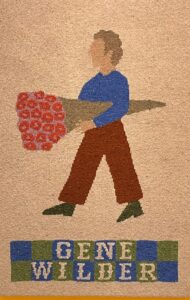
Valentine’s portrait, an oil on canvas painting, is probably based on a photograph of Natasha Lyonne, published last January in Vanity Fair. The painting shows its subject in an almost Romantic fragment. The edges, body and background are blurred, but the face, with its doe-eyed expression and intensity, are brought to the foreground. For an actress “…known for her distinctive raspy voice and “tough” persona,” the top hat seems to accentuate a masculine and urban sophistication from within a delicate femininity. While the photo, oddly, places Lyonne in a bathroom, in a fetching and vintage lace dress, Valentine leaves them blurry, emphasizing her personality and emotion as the signature of his Hall Pass crush. The irrational fact that the artist is probably crushing on a fictional character that the actress plays (and not Lyonne herself) matters not in the least.
In a similar way, Kelsey Meaney celebrates comic acter Gene Wilder probably more for the roles he has played than his actual character. The artist describes their intention as “<3 genuine, kind, funny, unpredictable – a man in full >3”. Knit within a composition of 100% merino wool, Wilder is shown faceless, on his way somewhere, carrying an enormous bouquet of roses. Visual beauty here is obviously not the point, Meaney is pointing to a performed comic beauty, though no less ideal! The flowers seem to refer to his role as Willy Wonka in Charlie and the Chocolate Factory while the font in the checkerboard beneath is reminiscent of Blazing Saddles. It’s a quirky and fun composition riddled with nostalgia for the heady days of Saturday afternoon comic cinema.
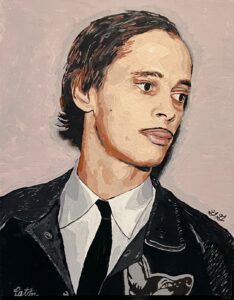
Graham Griffith’s John Waters, acrylic on paper, mounted on wood panel, shows the famous actor and director from early in his career, perhaps the ‘80s? He is pensively looking aside, as if he is bowing out of an uncomfortable conversation. Evidence of Waters reputation as the “King of Camp” is not apparent in his expression, bearing, emotion, or even the iconic pencil-thin mustache. Instead, it is subtly given on his jacket where a dog is patched, or embroidered (suddenly reminiscent of one of Skull Schulman’s jackets). Here, the museum label provides clarity, as Griffith states: “The King of Camp is hardly known as a sex symbol, but at one time, he held the niche appeal of a greasy, waifish hipster.” Griffith’s Hall Pass isn’t for who Waters is, or who he played (or directed), but who he once seemed to be.
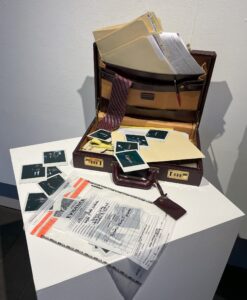
Finally, the broadest definition of the Hall Pass, the most fictional, or perhaps the most anonymous, would have to be Rebecca Delius’ Guilty of Loving You. A mixed media assemblage of what would seemingly function as props for the old (but never ending) series Law and Order. Geez, I loved that show back in the day! Unclear at first whether Delius’ attraction is for Lenny Brisco (who signed the release for the evidence bag) or Jack McCoy (who received it), the photographs of McCoy only, coupled with the presence of the briefcase (Lenny would never carry a briefcase) lead one to suspect Delius prefers the order over the law. I wonder if there isn’t a more secretive expression here—did Delius binge the old show with her actual Hall Pass and this work is an ode to that experience? Sometimes the mystery makes the art!
The fact that the idea of a Hall Pass is a creation by the Millennial and Gen Z generations is worth noting. The honesty of these generations, even within frank discussions of their irrational fantasy world, is one of the refreshing aspects of contemporary mainstream dialogue. For Gen X the “Hall Pass” was permission (usually from the wife to the husband) for a night out with friends; this was the “Kitchen Pass” for the Boomers. For previous generations, the idea(l) of an unobtainable crush would be a source of shame and derision, but now it has returned to an expression of “the eye of the beholder.” This, to me, seems to be the healthiest perspective. In this exhibition Jamie Bradley has hit on a concept that is current and interesting. Stop by the exhibition, and maybe bring your significant other—you might find out more about each other, and perhaps you might even see your own Hall Pass!
